Each year the people of Ambon, Indonesia honour independence hero Thomas Matulessy, also known as Pattimura, who was killed in battle in 1817. This year's celebrations began with the customary torch processional from Saparua, a small island located in Eastern Ambon, to Merdeka Stadium in Ambon City, with hundreds of youths participating. But the mood of festivity gave way to violence as clashes broke out among spectators divided along religious lines.
A high school marching band performs in Ambon City on May 14th, 2012, one night before violent clashes marred the annual celebrations. Ten years after brutal ethnic conflict divided the Ambonese from 1999 to 2012, wounds remain unhealed.
The catalyst for violence was a dispute among two factions of spectators as to which side had the right to carry the torch honouring Pattimura. The groups threw stones at each other and a homemade bomb was thrown by an unknown person towards youths from the village of Mardika. Fifty civilians were wounded and hospitalized in the brawl.
Religious affiliation divides the people of Ambon. During the May clashes, youths from the mainly Muslim village of Batumerah youth clashed with their peers from Mardika, which is predominantly Christian. Both groups threw rocks at each other.
A house owned by Benny Picauly, a Christian living in Mardika near the border of Batumerah, was burnt down by Muslims during the conflict on Tuesday, May 15th, 2012. In all three houses were set ablaze, though no casualties were reported as a result of the arson.
The Indonesian Army and the Maluku Police Force were dispatched to the area in combat vehicles in order to disband the rioters.
Military and police personnel attempt to isolate and disband the Batumerah and Mardika youth groups who clashed on Jendral Sudirman Street during the Pattimura Torch Rally on May 15th, 2012.
Several motorbikes belonging to Christian civilians were burnt by rioters. The clashes occurred in the middle of Jendral Sudirman Street, located along the border of Batumerah and Mardika. Batumerah is within Ambon City limits and is considered a cultural village with its own language and customs. The village is led by a 'Raja' (territorial King). By contrast, Mardika was built more recently, during the Suharto regime. Youth from Batumerah claim that Mardika's young people do not have Ambonese roots and therefore do not have the right to carry the Pattimura Torch.
The Indonesian army and police were ultimately able to disperse the rioting youths and restore order. The streets were quiet the next morning.
Indonesian military personnel display weapons and equipment belonging to the militant group Laskar Jihad. With support from the international terror network Abu Sayyaf, the Laskar militants fought Christians in Ambon between 1999 and 2002. The conflict resulted in at least 9,000 deaths and 700,000 Internally Displaced Person (IDPs).
Homemade bombs like the one shown in this photo were used frequently by Laskar Jihad militants during the 1992-2002 clashes.
A finger blown off by a bomb thrown during the May clashes lies in the street. Although no fatalities were reported, many suffered severe injuries. The finger belonged to a resident of the village of Hative who was caught up in the melee and hit by fragments of a homemade bomb thrown by the Batumerah rioters.
A scene from the Ambon clashes in 1999-2002 shows innocent civilians gravely-wounded. Economic disparity fueled the violence, with extremist groups feeding off the grievances of local Muslims, who have historically suffered economic disadvantages compared to Christian communities. The conflict has resulted in thousands of deaths and suffering for both sides.
A victim of religious conflict in Ambon in 1999-2002, allegedly killed by one of Laskar Jihad's homemade bombs. To wage their armed campaign, Laskar collected money and recruited jihadists from across Indonesia, including from Java, Sumatra and Sulawesi.
MORE PHOTO ESSAY IN:
-
2013-08-07
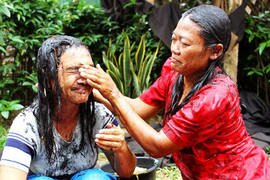
-
2013-06-14

For the Muslim fashionista, a growing array of elegant options
-
2013-05-14
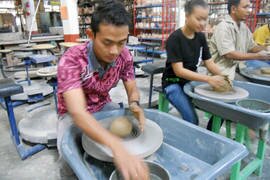
-
2013-04-19
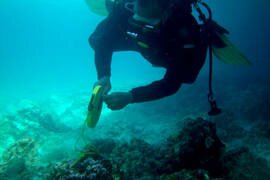
-
2013-01-24
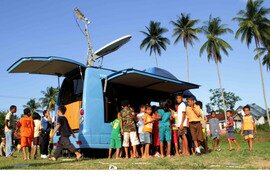
-
2012-11-08
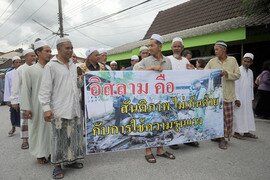
-
2012-09-25
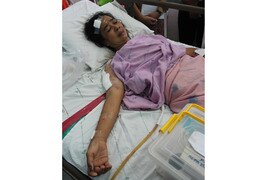
-
2012-08-23
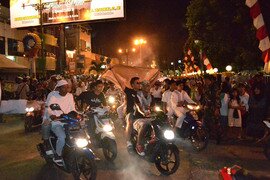
Idul Fitri in Indonesia: A journey in photos





